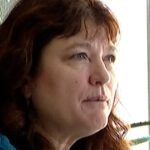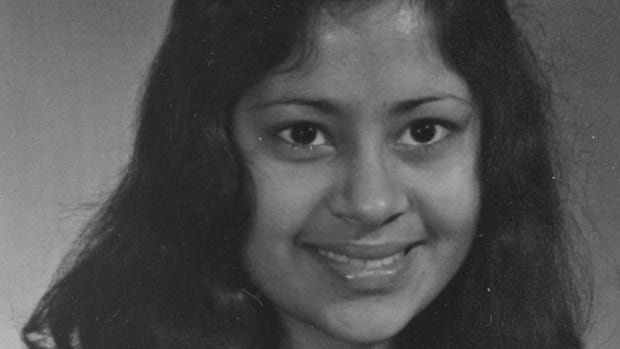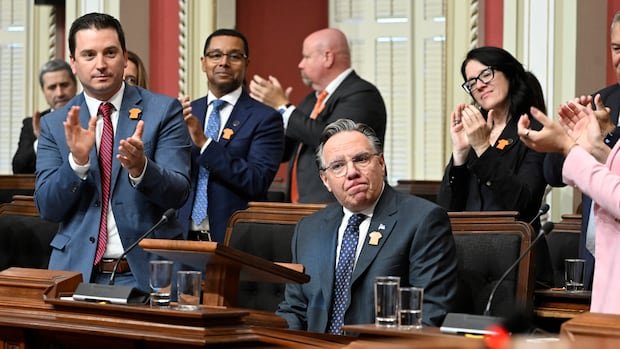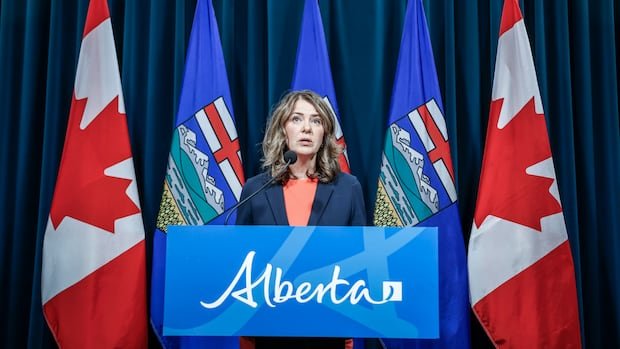WARNING: This story contains details of residential school experiences.
An investigation has detected 114 “unmarked funerary items” on the former McIntosh Indian Residential School (IRS) property in the Kenora district of northwestern Ontario, the Wiikwogaming Tiinahtiisiiwin project team said Thursday.
It is one of multiple ongoing searches for missing children and anonymous burials at former residential school sites across Canada.
According to the Paths towards Reconciliation map of unmarked burial sites On Canadian Geographic, there are five additional sites in northwestern Ontario with active research. This includes the Pelican Lake IRS near Sioux Lookout, Ontario. and St. Mary’s IRS in Kenora. In January 2023, more than 170 “plausible burials” were found on cemetery grounds associated with the former St. Mary’s IRS.
McIntosh’s IRS investigation used ground-penetrating radar (GPR) and visual surveys to search a small area of land.
The survey “focused on specific areas of interest where members of Asubpeeschoseewagong Netum Anishinabek (Grassy Narrows First Nation) and the Elders Advisory Committee anticipated anonymous burials,” according to a statement from the project team.
Of the 114, most were found within the historic cemetery area and eight were found elsewhere on the property.
The finds were determined to be consistent with the shape, size and pattern of the graves or burials based on specific criteria, including:
- The presence of rectangular depressions that measure between 55 and 245 centimeters in length.
- Evidence of previous soil alteration in the vicinity of the rectangular depression.
- Orientation of rectangular depressions in an east-west alignment.
- Clear, distinctive pattern of rectangular depressions in systematically defined rows.
The release said the majority of burial items within the historic cemetery met at least three of the above criteria, and the remainder met at least two.
“More than 70 of the depressions representing funerary elements documented within the historic cemetery area measure 140 cm. [nearly 4.6 feet] or less long, and probably represents the grave of a child,” the statement said.
165 names of people recorded as buried on IRS land
The Wiikwogaming Tiinahtiisiiwin project team said it found the names of 165 people who were recorded as buried on IRS land. Most of them were children, and some adults, from Grassy Narrows First Nation, according to the release.
McIntosh IRS, founded in 1925 by Roman Catholic missionaries with support from the federal government, was one of the 48 residential schools directed by The Oblates of Mary Immaculate. McIntosh closed its doors in 1969.
At least two Oblate school administrators are also recorded as being buried on McIntosh IRS property, according to the release.
CBC has contacted the Oblates for comment.
Most of the IRS properties have not yet been registered, said the Wiikwogaming Tiinahtiisiiwin project team.
“The investigation only covered a very small portion of the recommended area to search for anonymous burials associated with the McIntosh IRS,” the statement said.
The team plans to look for other areas it suspects could be sites for burial sites later this year, but said that would require federal funding.
Across Canada, more than 150,000 Indigenous children were forced to attend residential schools, the last of which closed in 1996.
An estimated 6,000 children died in schools, although experts say the true number could be much higher.
A national Indian Residential School Crisis Line is available to provide support to survivors and those affected. People can access crisis and emotional referral services by calling the 24-hour service at 1-866-925-4419.
Mental health counseling and crisis support is also available 24 hours a day, seven days a week through the Hope for Wellness hotline at 1-855-242-3310 or by online chat








